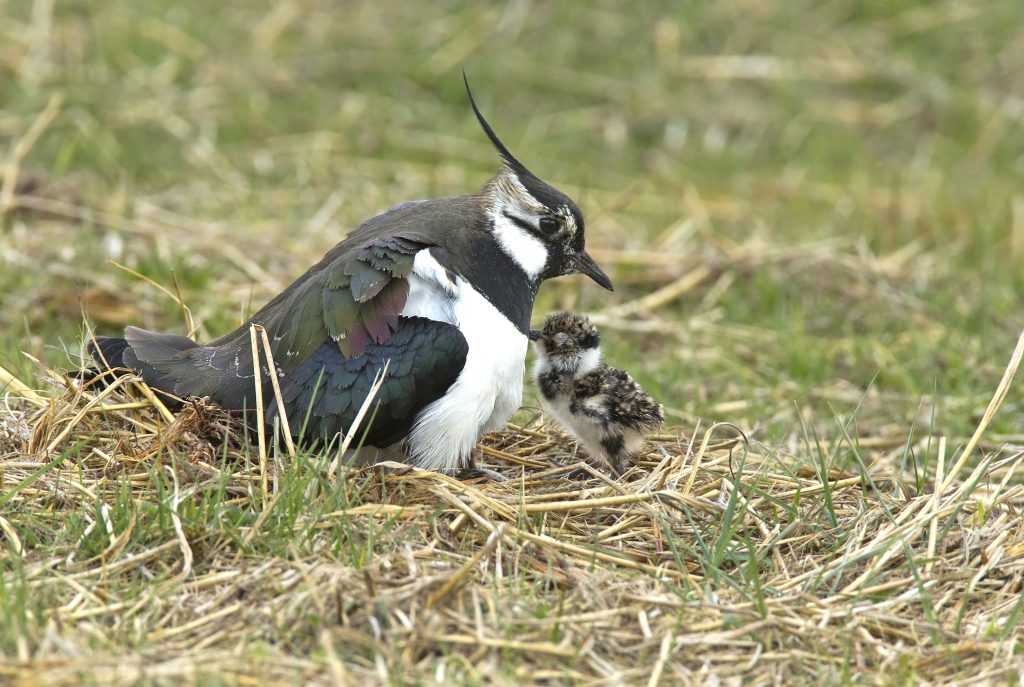Working for Waders and the Cairngorms National Park Authority
I am now into my third month as Agricultural Advisor with the Cairngorms National Park Authority, and it is continuing to be an interesting and challenging role. After more years than I care to remember as a self-employed farmer, the switch to an office-based job has been a huge culture shock. That said, I am working with a great group of dedicated people, who are working hard to deliver for nature, climate, community, and the local economy.
Already I have been able to give a farming perspective on many of the projects that are underway, and since agriculture is intrinsically linked to our natural environment, I can only see this developing as I get more involved in my role. As a member of the farming and crofting community, I am proud of the quality food produced within the National Park. It is vital that we maintain food production, in a sustainable and environmentally friendly manner, as well as supporting the rural economy and communities.

One of the first projects I have worked on is the Strathspey Wetlands and Waders Initiative survey, and I have been helping contact farmers to gain access permission. The survey has taken place every five years since 2000 and involves up to 100 farms in the Cairngorms National Park. It covers curlew, lapwing, oystercatcher, redshank, and snipe. Waders have always been a passion of mine, and seeing their numbers decline year on year saddens me. It is obvious from speaking to other farmers that this is also a great concern for them too. This is why so many farmers allow access to their land at such a busy time of year to let this important survey take place. They also spend time and effort creating habitats such as wader scrapes and farm using wader friendly practices when cultivating and mowing. One thing that I had not fully appreciated was just how huge a project the survey is. This year over eighty people volunteered to join the survey team, with each volunteer making three visits to their allocated site, a huge commitment from a lot of people dedicated to saving these endangered birds.
I recently attended a Working for Waders workshop on Deeside, where people from RSPB, NatureScot, and the Game and Wildlife Conservation Trust spoke about the continuing decline in the wader population. Previously, changes in farming practices were blamed for the reduction in numbers, but in reality, very little has changed with the extensive livestock systems prevalent within the National Park area.
Predation remains an issue and one example from the Game and Wildlife Conservation Trust farm showed that 24 nests had been predated in one field, and it was refreshing to hear that the issue is being taken seriously. While some predators can be legally controlled, others, like the buzzard and badger, are protected species in their own right and controlling their numbers is not a solution, but thankfully there are more innovative measures being trialled. In some locations diversionary feeding during nesting is taking place with positive results. Hopefully this, alongside the habitat work taking place on the farms will start to stem the decline of these iconic, beautiful birds and secure their future here in the National Park.
